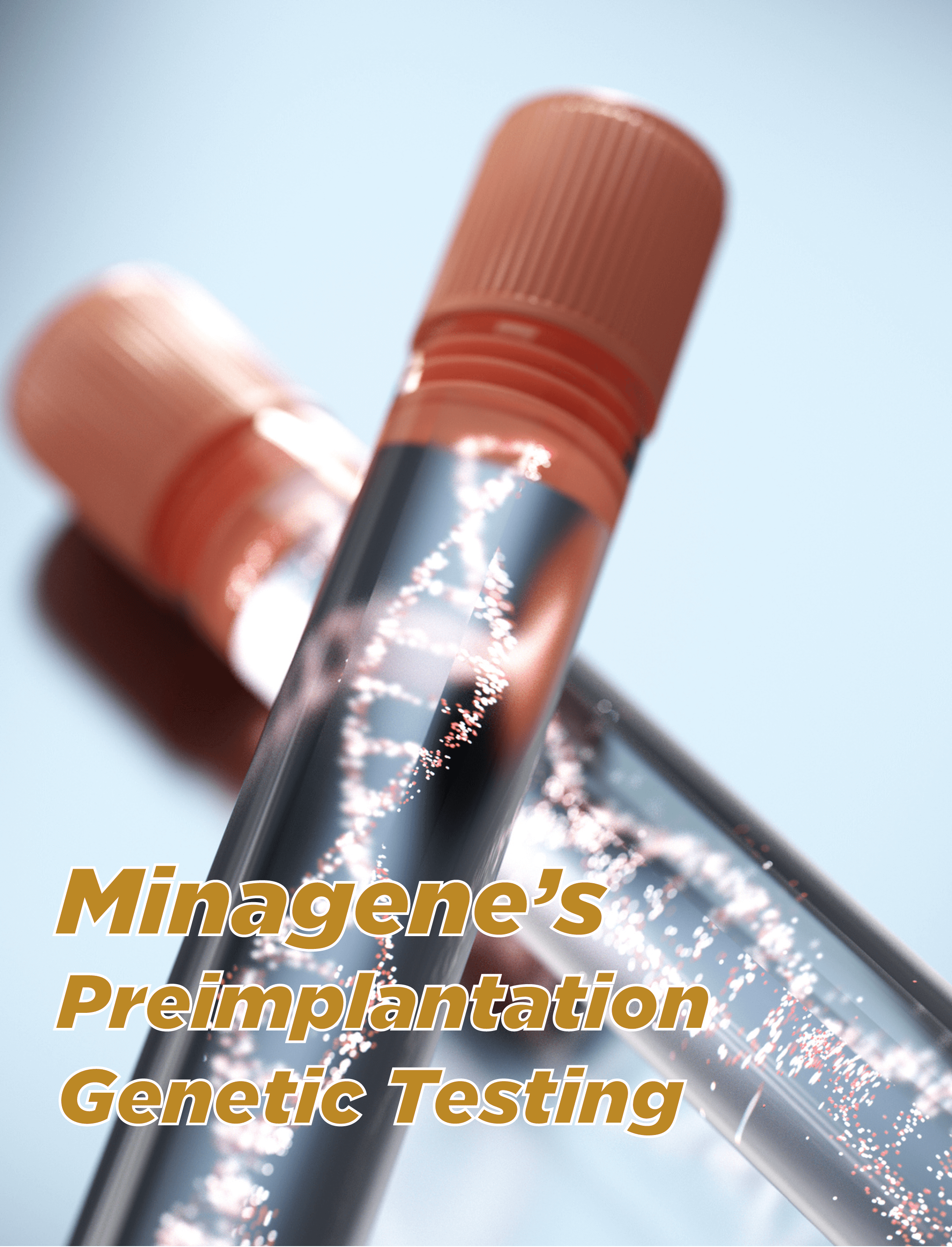
Overview
Trio Exome Analysis is a powerful approach in the field of genetic diagnostics, specifically tailored to identify causal mutations for inherited diseases. This method utilizes next-generation sequencing (NGS) technology to simultaneously sequence the coding regions of all genes within a family pedigree, providing valuable insights into the genetic basis of the disease.
By analyzing the trio, consisting of the affected individual and both parents, Trio Exome Analysis can detect variants inherited from the parents that may cause recessive or dominant diseases. Additionally, it can identify de novo variants that arise in the offspring but are not present in either parent.
Methodology
Genomic DNA
Genomic DNA extracted from blood samples is subjected to NGS using an Illumina platform, capturing and sequencing the coding regions of all genes. The resulting sequence data is aligned and analyzed for sequence variants.
Key Highlights of the Test:
Key Highlights of the Test:
Diagnostic Odyssey Resolution: Trio analysis becomes instrumental in cases where alternative diagnostic techniques fail to confirm a diagnosis, providing a pathway to end the diagnostic odyssey.
Enhanced Patient Management: Trio analysis aids in better patient management and can facilitate prenatal diagnosis where applicable, empowering physicians to provide more targeted care.
Overcoming Clinical Heterogeneity: Trio Exome Analysis is particularly valuable in situations where definitive clinical diagnosis is challenging due to clinical heterogeneity, especially for rare congenital disorders where traditional methods fall short in identifying the causal variant.
Trio Exome Analysis, utilizing whole exome or clinical exome sequencing, enables the simultaneous analysis of thousands of genes. This approach allows for the identification of various genetic alterations, including insertions/deletions (indels), single nucleotide variants (SNVs), and copy number variations (CNVs). Moreover, this familial analysis-based approach assists in excluding variants that do not conform to Mendelian transmission, reducing false positive calls and narrowing down potential candidate variants.
Compared to analyzing only the proband, the overall diagnostic yield of Trio Exome Analysis utilizing exome sequencing has shown a 5-10% increase, emphasizing its significant contribution to genetic diagnostics.
Situations Where Trio Exome Test Can Be Used:
The Trio Exome Test is recommended when an individual’s medical examination, laboratory findings, and family history suggest an underlying genetic etiology. Here are some scenarios where the test can be valuable:
Undiagnosed Genetic Diseases: When extensive evaluation and multiple genetic tests fail to identify the cause of a genetic disease, Trio Exome Analysis can provide valuable insights for diagnosis.
Medical Intervention and Treatment: Trio analysis can facilitate medical intervention, treatment planning, and personalized care based on the identified genetic variants.
Reproductive Planning and Recurrence Risk Assessment: Trio Exome Analysis aids in guiding reproductive planning and assessing the risk of recurrence for genetically heterogeneous diseases, where multiple genes can cause the same disease or condition.
Prognosis and Family History: Trio analysis also plays a role in prognosis, particularly when considering family history and its implications for disease management and treatment.
By leveraging Trio Exome Analysis, physicians can unlock a deeper understanding of inherited diseases, leading to improved patient care, earlier interventions, and more informed reproductive counseling.

Minagene's Trio Exome Test
Overview
Trio Exome Analysis is a powerful approach in the field of genetic diagnostics, specifically tailored to identify causal mutations for inherited diseases. This method utilizes next-generation sequencing (NGS) technology to simultaneously sequence the coding regions of all genes within a family pedigree, providing valuable insights into the genetic basis of the disease.
By analyzing the trio, consisting of the affected individual and both parents, Trio Exome Analysis can detect variants inherited from the parents that may cause recessive or dominant diseases. Additionally, it can identify de novo variants that arise in the offspring but are not present in either parent.
Methodology
Genomic DNA extracted from blood samples is subjected to NGS using an Illumina platform, capturing and sequencing the coding regions of all genes. The resulting sequence data is aligned and analyzed for sequence variants.
Key Highlights of Minagene’s NIPT
Diagnostic Odyssey Resolution: Trio analysis becomes instrumental in cases where alternative diagnostic techniques fail to confirm a diagnosis, providing a pathway to end the diagnostic odyssey.
Enhanced Patient Management: Trio analysis aids in better patient management and can facilitate prenatal diagnosis where applicable, empowering physicians to provide more targeted care.
Overcoming Clinical Heterogeneity: Trio Exome Analysis is particularly valuable in situations where definitive clinical diagnosis is challenging due to clinical heterogeneity, especially for rare congenital disorders where traditional methods fall short in identifying the causal variant.
Compared to analyzing only the proband, the overall diagnostic yield of Trio Exome Analysis utilizing exome sequencing has shown a 5-10% increase, emphasizing its significant contribution to genetic diagnostics.
The Trio Exome Test is recommended when an individual’s medical examination, laboratory findings, and family history suggest an underlying genetic etiology. Here are some scenarios where the test can be valuable:
Undiagnosed Genetic Diseases: When extensive evaluation and multiple genetic tests fail to identify the cause of a genetic disease, Trio Exome Analysis can provide valuable insights for diagnosis.
Medical Intervention and Treatment: Trio analysis can facilitate medical intervention, treatment planning, and personalized care based on the identified genetic variants.
Reproductive Planning and Recurrence Risk Assessment: Trio Exome Analysis aids in guiding reproductive planning and assessing the risk of recurrence for genetically heterogeneous diseases, where multiple genes can cause the same disease or condition.
Prognosis and Family History: Trio analysis also plays a role in prognosis, particularly when considering family history and its implications for disease management and treatment.
By leveraging Trio Exome Analysis, physicians can unlock a deeper understanding of inherited diseases, leading to improved patient care, earlier interventions, and more informed reproductive counseling.
Diseases
Prader-Willi Syndrome
Angelman Syndrome
Digeorge Syndrome
Cystic Fibrosis
Spinal Muscular Atrophy
Fragile X Syndrome
Beta Thalassemia
Sickle Cell Disease/Trait
Congenital Adrenal Hyperplasia
Alpha Thalassemia
Intellectual disability
Congenital glaucoma
Bardet–Biedl syndrome
Meckel– Gruber syndrome
organic acidaemia
lysosomal storage disorders
retinal dystrophies
Hearing loss and primary microcephaly
Thrombocytopenia
Spherocytosis
Hemolytic anemia
G6PD deficient
C6 deficiency
Aminoacylase 1 deficiency
Sitosterolemia 2
Chronic granulomatous disease
















